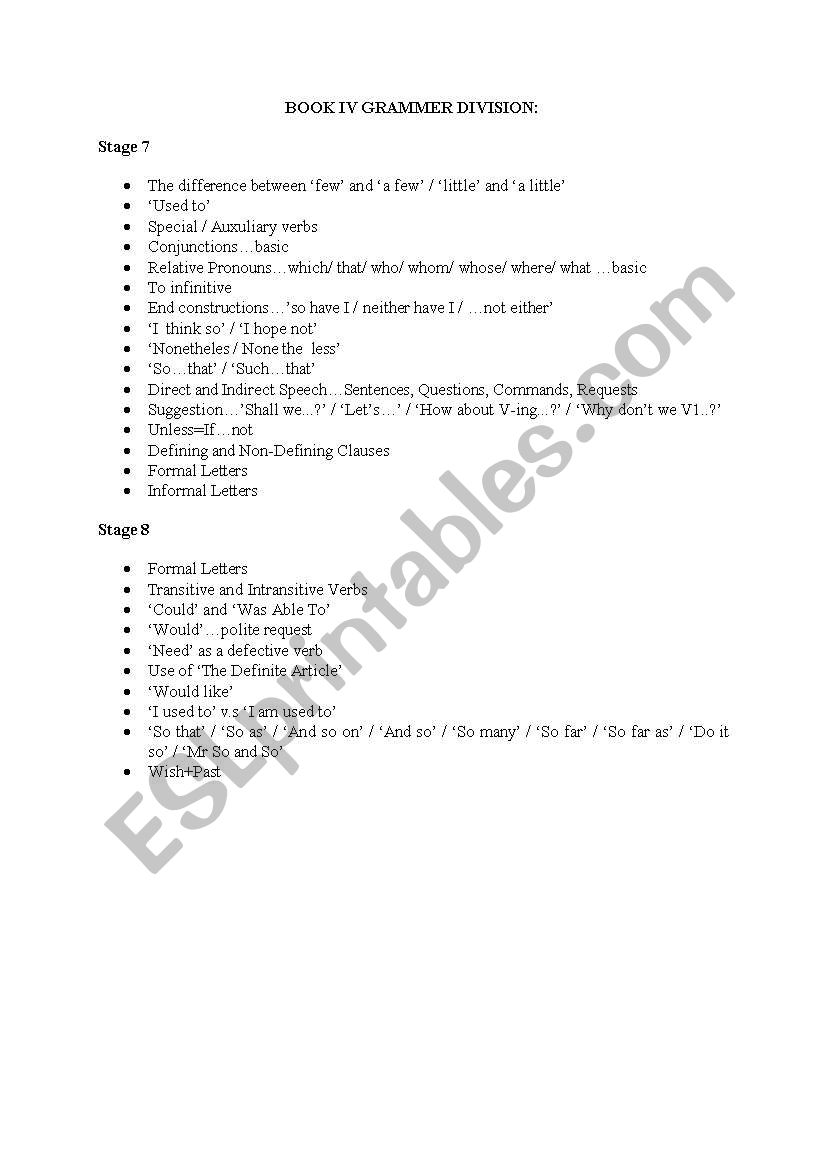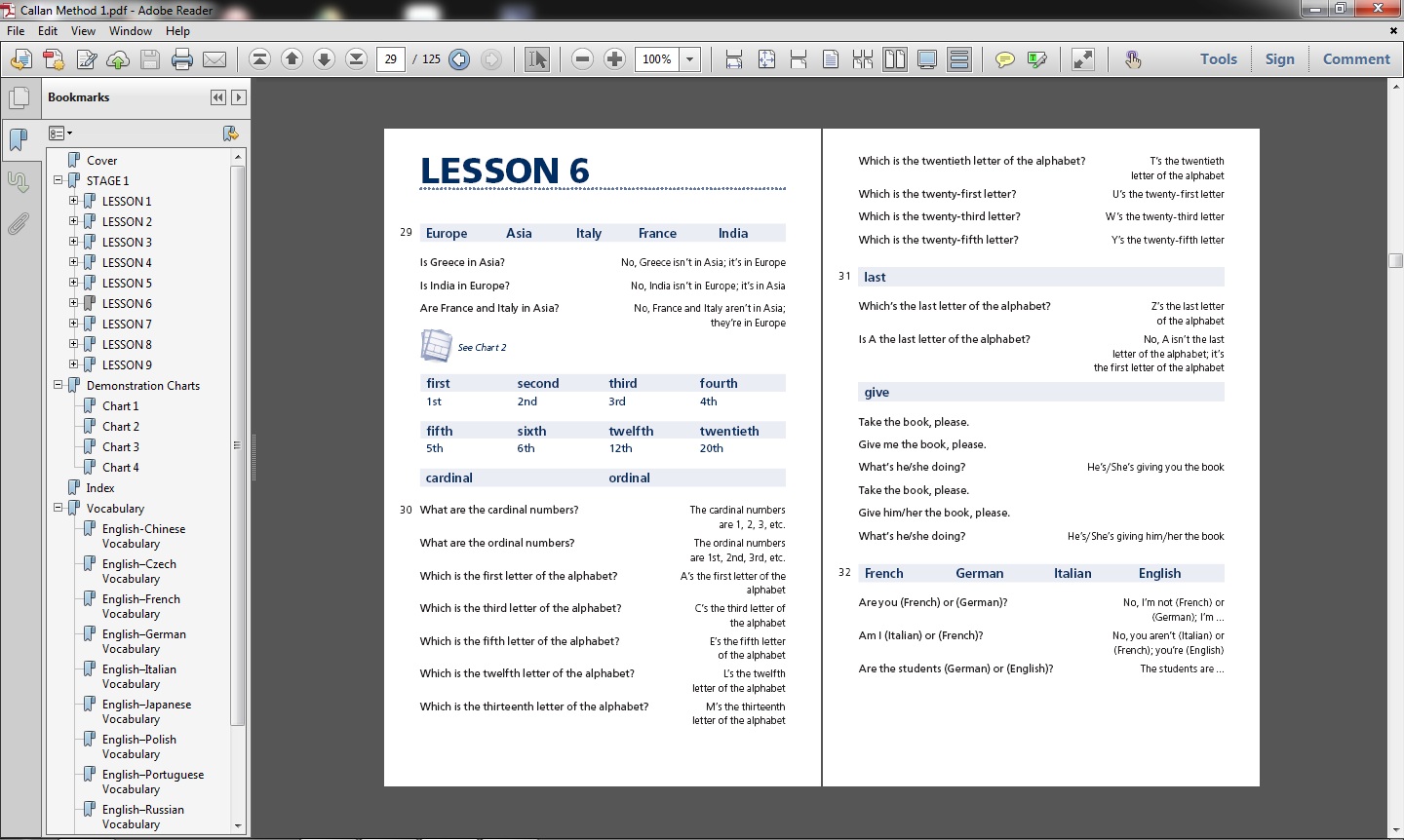
The Future Perfect Tense, referring to time before and up to a specific point in the future, is introduced. Students also learn the five most common uses of the common adjective «fair» and the difference between the prepositions «in» and «within» as regards time phrases. They are introduced to the emphatic use of the verb «to do» in positive sentences to deny something someone has said. Students learn the difference between «will» and «to be going to» when referring to events in the future.
CALLAN METHOD STAGE 8 PDF HOW TO
They also learn how to communicate past suppositions. They learn how to talk about a sequence of events in the past. Students learn how to talk about actions that were happening at a specific point in the past, and actions that were affecting the subject as opposed to the object. Students learn how to construct and interpret the use of 3rd Conditional Sentences to refer to unreal or imaginary situations in the past. The meaning and use of the verbs «let» and «allow» are also introduced. The Future Continuous is explained and practised. The Past Perfect is introduced and contrasted with the Past Simple. Common Phrasal Verbs with the adverb «back» are introduced and practised, along with the appropriate sentence structure.

The expression «I would say» is introduced. They also learn the use and significance of Reflexive Pronouns. Students learn how to use the Passive Voice with all the past, present and future verb forms they are acquainted with so far. The Past Continuous Tense is introduced and practised. Students learn the construction «make somebody do» and another contraction of the verb «to be». The contractions of the Conditional Tense are introduced. They also learn the use of the word «could» as the Past and Conditional Tense of «can/to be able» and the two forms of the verb «to be» in 2nd Conditional sentences. Students learn the use of the modal verb «should», the difference between «still» and «yet» and that between «for» and «since». They also learn how to communicate intentions, possibilities and suppositions.

Students learn how to talk about the future, and actions that have happened up to now. Finally, students learn and practise how to construct and interpret 1st and 2nd Conditional Sentences. Students learn how to use the word «whether» and the word «just» to refer to an action we have just completed. The Future Intention is taught and the difference between «He has been» and «He has gone». Students learn the pronoun «one» and other ways to refer to the concept of «people in general». The three uses of the Present Perfect, and the difference between the Present Perfect and the Past Simple are introduced. work - worker) and about the paradigms of regular and irregular verbs. Students learn how to form nouns from verbs using the «-er» suffix (e.g. The difference between «must not» and «do not have to» is explained. The meaning and construction of «succeed in doing something» and «fail to do something» are introduced. The different forms of «to have» are taught. The use of contractions with both nouns and pronouns and the concept of euphony with regard to contractions is explained. Students also learn the difference in use between «shall» and «will» in interrogative sentences. The Future Tense is introduced and practised, along with its contractions. They are introduced to the adverb «away» and the verbal construction «to be worth».

Students learn and practise the Past Tense of the most common irregular verbs (such as «speak», «leave», «come» and «go») and the most frequent uses of the verb «to get» in both the Present Simple and the Past Simple.



 0 kommentar(er)
0 kommentar(er)
